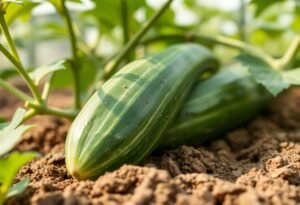Why Transplant Hydrangeas?
Hydrangeas are stunning shrubs that have the power to elevate any garden’s aesthetics. However, over time, they may lose their luster if not properly maintained. Transplanting hydrangeas serves as a great way to give your plants a fresh start by providing nutrient-rich soil that encourages growth. With the right care, your hydrangeas can once again bloom in vibrant colors, adding charm to your garden.
When is the Best Time to Transplant?
Both spring and fall are ideal times for transplanting hydrangeas. In spring, as plants awaken and the soil warms up, hydrangeas are ready for their new location. Fall, on the other hand, is when plants prepare for winter dormancy, making it another suitable time for transplanting. Avoid transplanting in the scorching summer heat, as plants may be weakened and stressed during this period.
How to Prepare for Transplanting?
Preparing for transplanting hydrangeas involves careful planning. Select a new spot in your garden that offers optimal light and soil conditions for your hydrangeas. Then, gather all the necessary tools: a shovel, gardening fork, charcoal (for disinfection), and fresh soil. It’s also beneficial to consider fertilizer that can promote vigorous growth.
How to Transplant Hydrangeas Correctly?
To successfully carry out transplanting hydrangeas, begin by carefully digging up the plant from its previous spot. Ensure that you obtain as many roots and the soil ball as possible. Next, place the plant in a new hole that should be about twice the width of the root system. Fill in the hole with fresh soil, gently packing it around the roots to eliminate any air pockets.
How to Care for Hydrangeas After Transplanting?
After transplanting hydrangeas, proper care is crucial for their ongoing development. Ensure that the plants are adequately watered, especially in the initial weeks post-transplant. You may also apply mulch to retain soil moisture and minimize weed growth. Keep a close eye on your hydrangeas; if you notice the leaves start to yellow, this may indicate the need for additional fertilization.
Common Mistakes While Transplanting
During the transplanting hydrangeas process, many errors can occur. One of the most common mistakes is placing the plant in the wrong spot. Hydrangeas prefer partial shade, and excessive sunlight can hinder their growth. Another mistake is transplanting at the wrong time of year or insufficient watering after the process. Thus, being cautious and learning from mistakes will help ensure the healthy growth of your hydrangeas.
Conclusion
Hydrangeas are beautiful plants that can add character and color to any garden. Transplanting hydrangeas is a key process that can help your plants reach their full potential. Remember to follow the right timing and techniques for transplanting, as well as post-transplant care. Give your hydrangeas a chance for new growth! Experience the transformative power of transplanting and see how it enriches your outdoor space!
Disclaimer
Every garden style and plant care effectiveness can vary depending on the specific location. It’s always wise to consult with a gardening expert before making transplanting decisions.

















